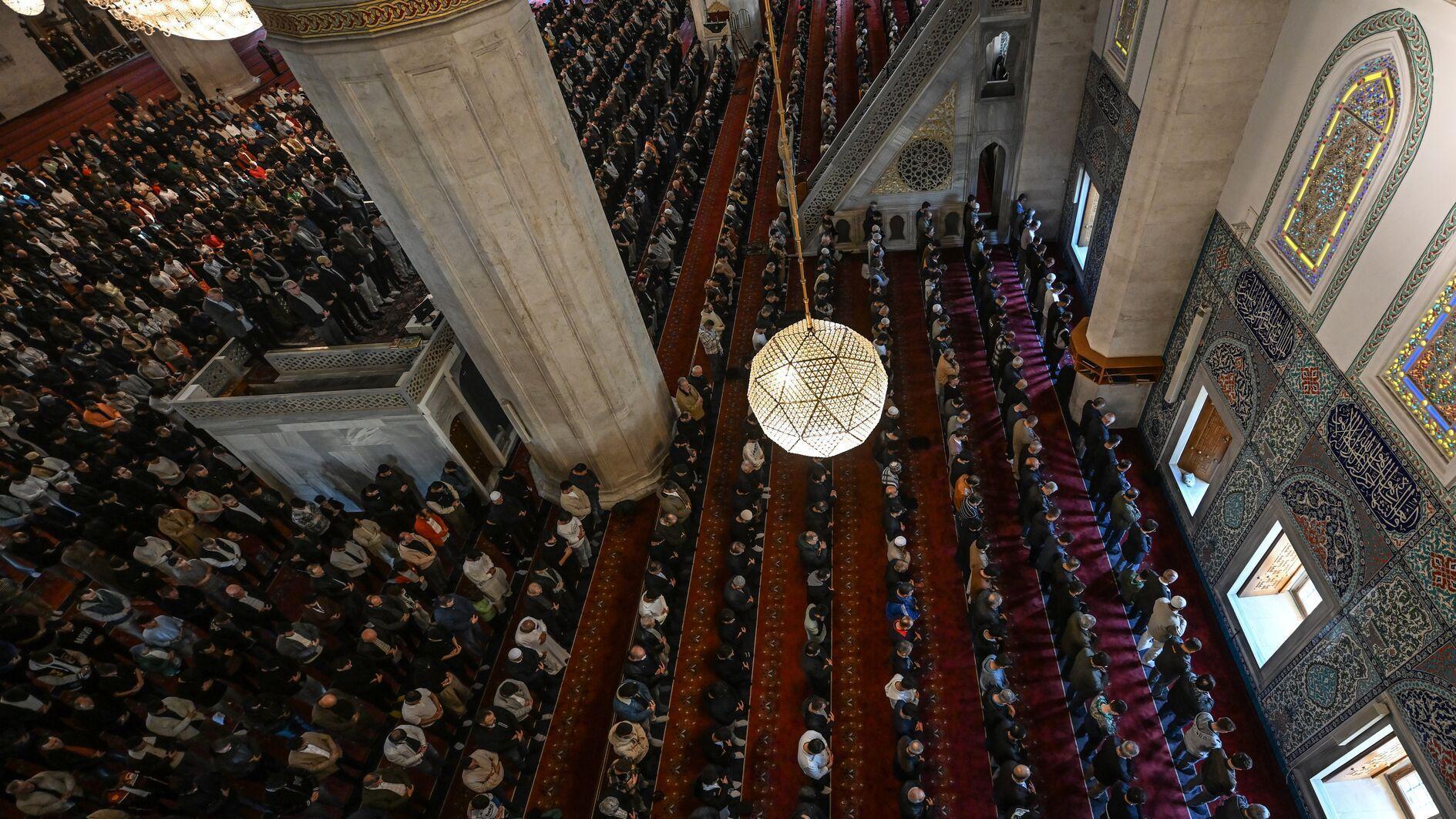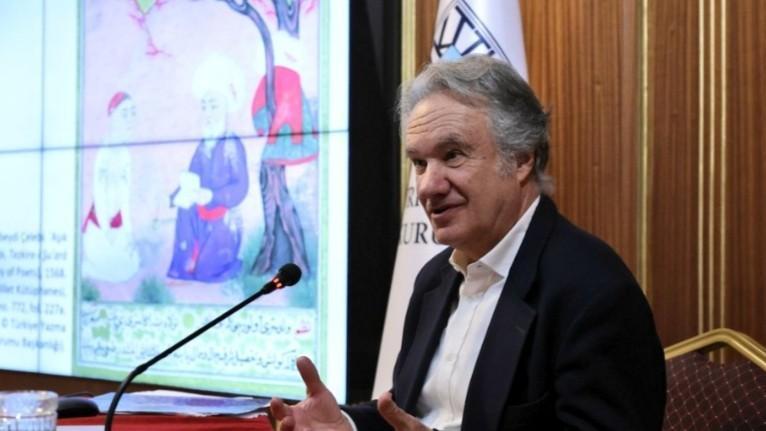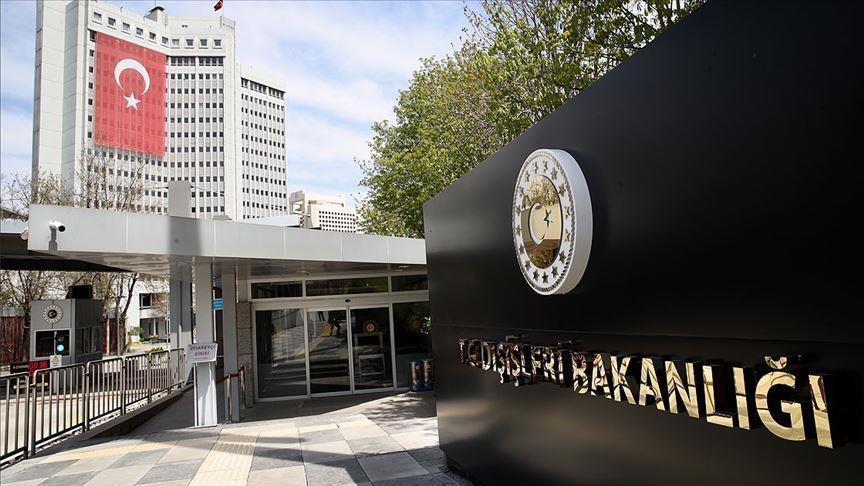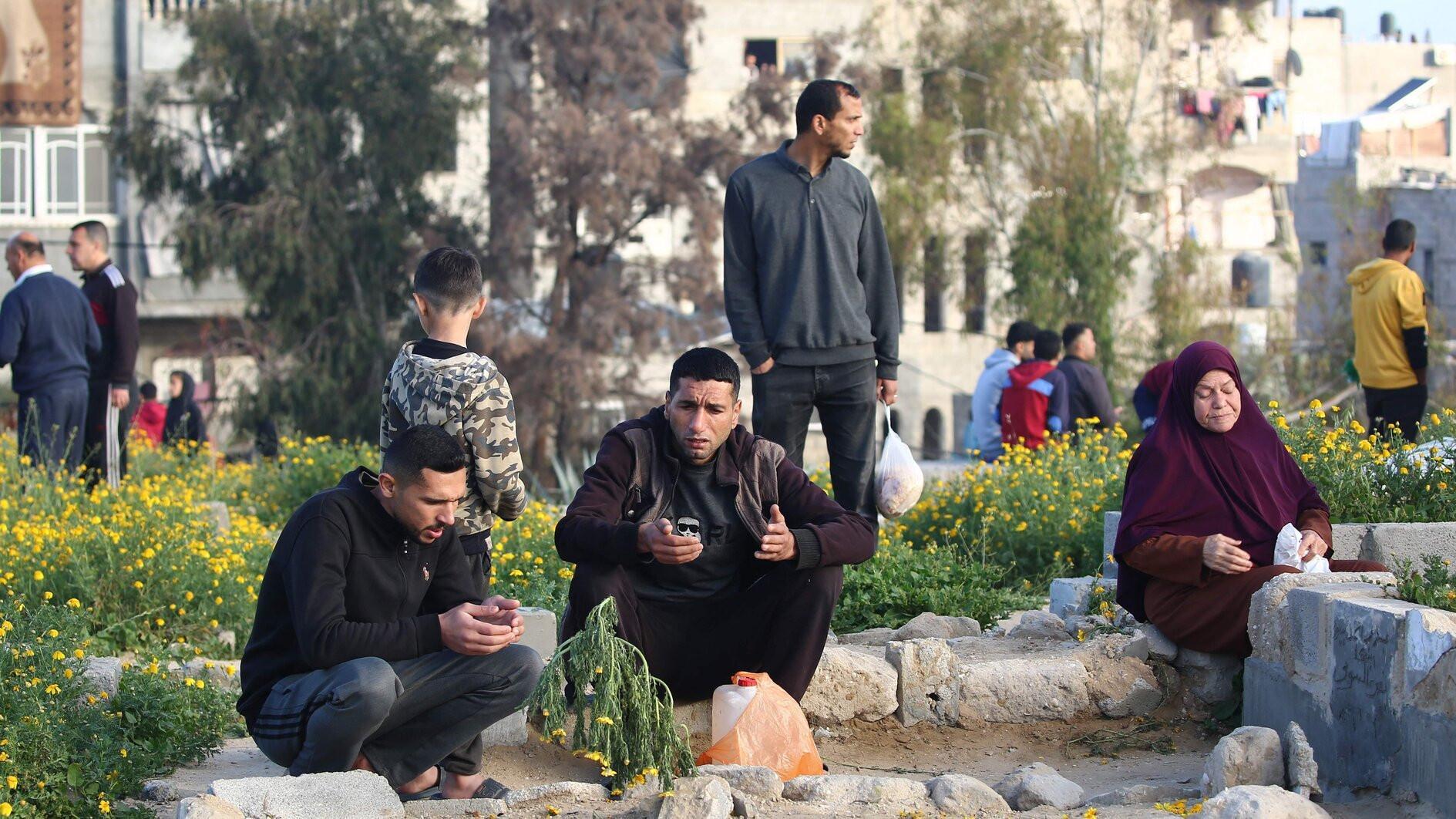Ankara Castle not preserved but a must-see in the capital
Wilco van Herpen ISTANBUL - Hürriyet Daily News
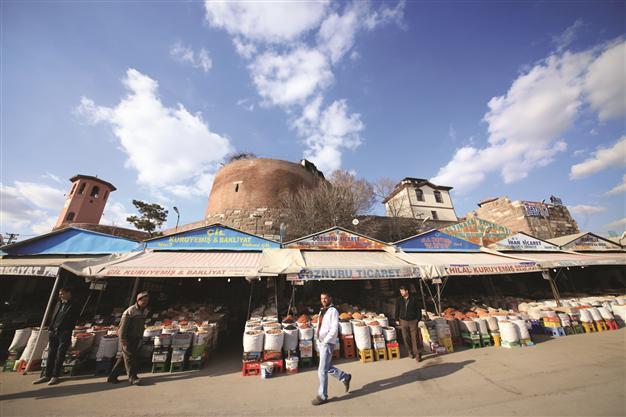
At the entrance of the Ankara Castle there are a couple of souvenir shops. The old inner area of the castle is not big, but everywhere has been used by former locals to build their houses and people still live there. Photo by Wilco van Herpen.
Every time I visit Ankara there is one thing I always try to do: Visit the old castle. It is besides the Anıtkabir (the big mausoleum of Mustafa Kemal Atatürk) and the Museum of Anatolian Civilizations, probably two of the most important things to visit in Ankara. To enter the castle you can choose between two entrances. Most people enter via the entrance situated near the museum, where there are a lot of antique and souvenir shops and the Rahmi Koç Museum. There is a big entrance which every day hundreds of people and cars pass through in order to enter the castle. By the way, be careful when you are entering the castle, because these cars do not take notice of you. A couple of times I only just saved my life by making a big jump to the side of the entrance, because some driver thinks he has more rights then the pedestrian and squeezes his car past you through the narrow entrance.Municipality starts a project
According to different websites, the Ankara municipality started a project years ago to restore the old buildings situated within the walls of the citadel. Walking around, you do see a number of houses that have been restored, but at the same time I saw a lot of buildings in real need of being restored (again). I wrote “again” because even some of the houses that were restored are starting to look neglected and need fixing again. The situation of some of the buildings is so bad that if they are left for a couple more years, most of those buildings will be unrestorable. It would be so nice to make the area top range castle, with a mixture of local people living there and really good restaurants and boutique hotels. If that happened and I was the ambassador of, let’s say, the Netherlands, I would always bring my guests here.
Ankara’s castle is not the best-preserved castle I have ever seen in my life, but it is interesting because it is still so alive. It is for this reason that I love it. Right at the entrance there are a couple of souvenir shops, but after that normal life takes over. The old inner area of the castle is not big, but every square meter has been used by former locals to build their houses. And people are still living there. In Holland such a place would have been restored and the locals would have been given another place to live, “ama burası Türkiye” (But this is Turkey…) I actually like it very much that there are still people living here, it gives a unique feeling to the place.
Above a bakkal (small shop) an old men pulled up a basket with a couple of eggs to his window. This was funny, since he lived one floor up from the bakkal so it would not have been too much of a problem to go down and fetch his eggs. Curious as to why he did this, I started speaking to the man. Instead of answering my question, he proudly told me he had fought in Korea and showed me his medals of honor.
Stones of Roman city
Walking through the streets in the old castle I suddenly noticed something very interesting. Hidden away in the walls of the old citadel I saw different stones than the ones generally used. These were stones with inscriptions, and I even saw a couple of remaining of columns. Whoever built or rebuilt this castle used some of the stones of the old Roman city that once used to be there. Apparently, recycling is not a new concept at all; they used to do it hundreds or even thousands of years ago as well. It gives a nice touch to the old boring walls. Suddenly, you realize that the walls have more then just one story to tell and with an unknown passion I started scanning all the walls.
As always, I again wished I could read those old languages, but how many of the old languages do you have to know to be able to read and understand the incredibly rich history of Turkey? Just think about the entire history of the land that now is called Turkey. It carried many names, hosted many civilizations and with every civilization another language was introduced, spoken and written. All that remains is sometimes hidden away in a wall, sometimes a piece of rock sticking out of the soil, sometimes a fragment of text only understood by a lucky few. Experts can read and decipher these fragments, and this way add, bit-by-bit, small pieces of information to the complicated and fascinating history of this land.
I wish I were one of them...



